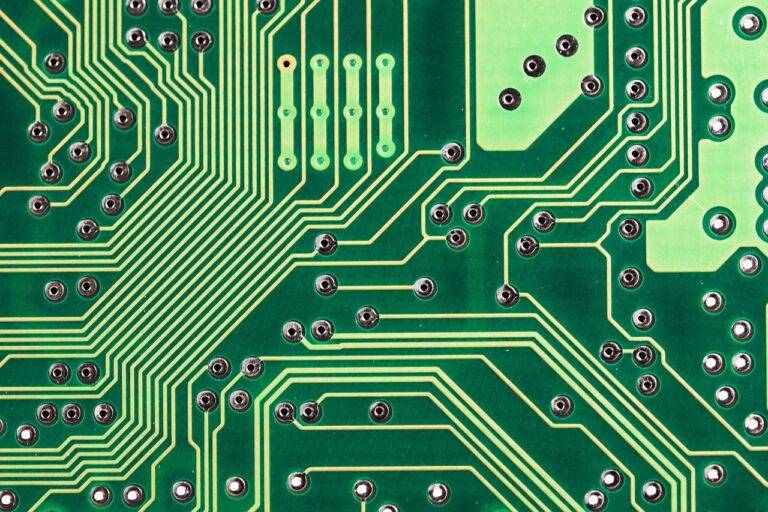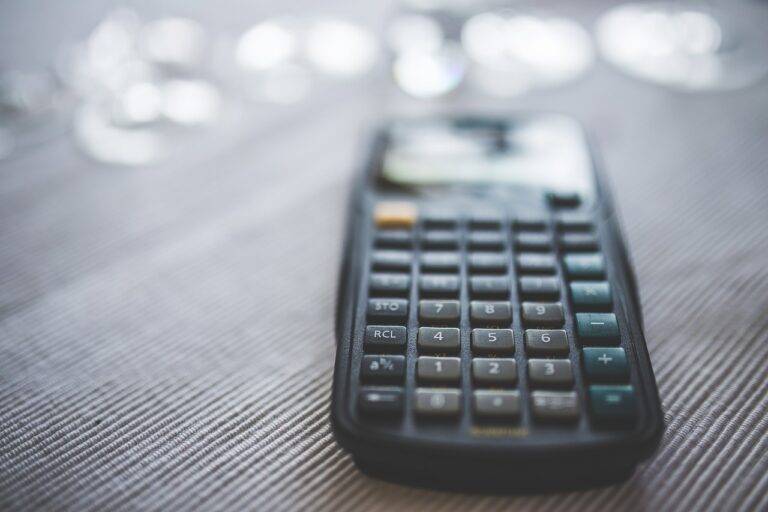The Impact of 5G on Disaster Recovery Communication
Disasters, whether natural or man-made, often disrupt communication networks, hindering emergency response efforts and exacerbating the impact on affected communities. With the advent of 5G technology, there is growing anticipation regarding its potential to revolutionize disaster recovery communication. This article explores the impact of 5G on disaster recovery efforts and its implications for enhancing emergency response capabilities.
Enhanced Connectivity and Resilience
One of the most significant benefits of 5G technology in disaster recovery is its ability to provide enhanced connectivity and resilience in the face of adversity. Unlike previous generations of wireless technology, 5G networks offer higher data speeds, lower latency, and greater reliability, even in times of crisis. This enables emergency responders to maintain communication channels and coordinate rescue operations more effectively, ultimately saving lives and reducing the impact of disasters.
Internet of Things (IoT) Integration
5G networks facilitate the integration of Internet of Things (IoT) devices into disaster recovery communication systems, enabling real-time monitoring and data collection in affected areas. From sensors deployed in buildings to drones surveying disaster zones, IoT devices equipped with 5G connectivity can provide valuable insights into the extent of damage, identify areas of need, and facilitate targeted response efforts. This data-driven approach enhances situational awareness and enables more informed decision-making during disaster recovery operations.
Remote Assistance and Telemedicine
5G technology also enables the delivery of remote assistance and telemedicine services in disaster-affected areas, overcoming geographical barriers and improving access to healthcare resources. High-speed 5G networks support high-definition video conferencing and real-time medical consultations, allowing healthcare professionals to assess and treat patients remotely. This is particularly valuable in situations where on-site medical facilities may be overwhelmed or inaccessible, enabling timely medical intervention and saving lives in critical situations.
Augmented Reality (AR) and Virtual Reality (VR)
Augmented Reality (AR) and Virtual Reality (VR) technologies powered by 5G offer new possibilities for disaster recovery communication and training. AR applications can provide real-time overlays of critical information onto the physical environment, helping emergency responders navigate complex terrain and locate survivors more efficiently. Similarly, VR simulations can immerse responders in realistic disaster scenarios, allowing them to practice response procedures and decision-making in a safe and controlled environment.
Challenges and Considerations
While the potential benefits of 5G in disaster recovery communication are vast, several challenges must be addressed to realize its full potential. These include issues related to network coverage, infrastructure deployment, and interoperability with existing communication systems. Additionally, concerns regarding data security, privacy, and network reliability must be carefully addressed to ensure the trustworthiness and resilience of 5G-enabled communication networks during disasters.
Conclusion
5G technology holds tremendous promise for transforming disaster recovery communication by providing enhanced connectivity, enabling IoT integration, supporting remote assistance and telemedicine, and facilitating AR/VR applications. By leveraging the capabilities of 5G networks, emergency responders can improve situational awareness, optimize resource allocation, and enhance coordination efforts during disaster recovery operations. While challenges remain, the potential impact of 5G on disaster recovery communication is significant, offering new opportunities to mitigate the impact of disasters and build more resilient communities.
FAQs
Q: How does 5G improve communication during disasters?
A: 5G technology offers higher data speeds, lower latency, and greater reliability, enabling emergency responders to maintain communication channels and coordinate rescue operations more effectively, even in times of crisis.
Q: What role does IoT play in disaster recovery communication?
A: IoT devices equipped with 5G connectivity enable real-time monitoring, data collection, and situational awareness in disaster-affected areas, facilitating targeted response efforts and resource allocation.
Q: How can 5G support remote medical assistance in disaster-affected areas?
A: High-speed 5G networks enable the delivery of telemedicine services, allowing healthcare professionals to assess and treat patients remotely via high-definition video conferencing and real-time consultations.
Q: What are some challenges associated with the adoption of 5G in disaster recovery communication?
A: Challenges include issues related to network coverage, infrastructure deployment, interoperability, data security, privacy, and network reliability, which must be addressed to ensure the effectiveness and resilience of 5G-enabled communication networks during disasters.
Q: How can AR and VR technologies powered by 5G enhance disaster recovery communication?
A: AR applications can provide real-time overlays of critical information onto the physical environment, while VR simulations can immerse responders in realistic disaster scenarios, enabling more effective training and decision-making during disaster recovery operations.





